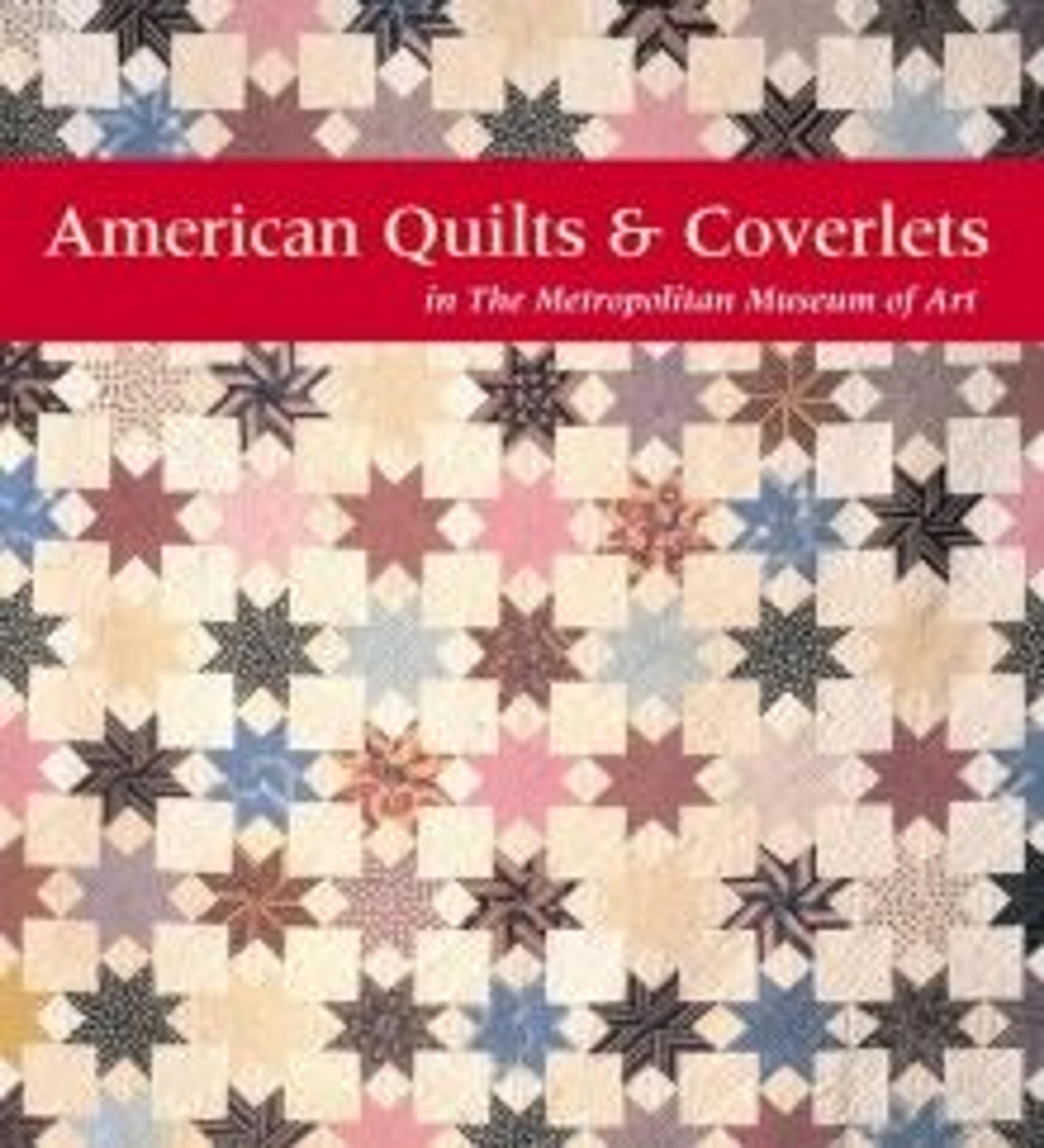Star of Bethlehem Quilt
Although the provenance of this exquisite Star of Bethlehem quilt is not known, it was most likely made in one of the southern states. Quilts in which a central Star of Bethlehem motif is combined with chintz-appliquéd blocks and a chintz border, as it is here, have been found in Maryland, Virginia, and North and South Carolina. It is tempting to conclude that this quilt originated in Maryland. For one thing, it exemplifies the very fine workmanship characteristic of the tradition of high-style quiltmaking that arose in Baltimore in the 1820s and reached its zenith with the famous Album quilts of the 1840s (see 1974.24 and 1988.134). A more fanciful reason for a Maryland attribution is the presence of Baltimore orioles on the four corner blocks, which are appliquéd with an English chintz printed with pairs of these birds. When this quilt was made, the American market was still dependent on England for well-printed chintzes, and naturally, American birds pleased the American buyer. The fabrics of this quilt's appliqués and border are English, while the printed cottons pieced into the central star are most likely of American manufacture. There is no quilting at all in the pieced star. The rest of the surface is worked with particularly fine and even diamond-and-square quilting, and the white areas are enlivened with ten-pointed stuffed-work stars.
More than ten feet (three meters) square, this quilt is the largest in the Museum’s collection. During the 1830s and 1840s, it was not unusual for quilts to be made this size and even larger. What was the purpose of such enormous quilts? This one was most likely a show quilt, meant to be displayed on special occasions to prove the skills of its maker; it looks almost unused and was never washed. However, very large quilts that clearly show wear exist from this period. In all likelihood, they were made to cover beds heaped high with piles of feather mattresses or straw ticks. Changes in the construction of mattresses, such as the introduction of the innerspring mattress, which provided a comfortable sleeping surface in a compact form, may explain why quilts grew smaller as the nineteenth century progressed, and after about 1850, quilts of nine and ten feet square were a rarity.
More than ten feet (three meters) square, this quilt is the largest in the Museum’s collection. During the 1830s and 1840s, it was not unusual for quilts to be made this size and even larger. What was the purpose of such enormous quilts? This one was most likely a show quilt, meant to be displayed on special occasions to prove the skills of its maker; it looks almost unused and was never washed. However, very large quilts that clearly show wear exist from this period. In all likelihood, they were made to cover beds heaped high with piles of feather mattresses or straw ticks. Changes in the construction of mattresses, such as the introduction of the innerspring mattress, which provided a comfortable sleeping surface in a compact form, may explain why quilts grew smaller as the nineteenth century progressed, and after about 1850, quilts of nine and ten feet square were a rarity.
Artwork Details
- Title:Star of Bethlehem Quilt
- Date:ca. 1835
- Geography:Possibly made in Maryland, United States
- Culture:American
- Medium:Cotton
- Dimensions:122 x 122 in. (309.9 x 309.9 cm)
- Credit Line:Sansbury-Mills Fund, 1973
- Object Number:1973.204
- Curatorial Department: The American Wing
More Artwork
Research Resources
The Met provides unparalleled resources for research and welcomes an international community of students and scholars. The Met's Open Access API is where creators and researchers can connect to the The Met collection. Open Access data and public domain images are available for unrestricted commercial and noncommercial use without permission or fee.
To request images under copyright and other restrictions, please use this Image Request form.
Feedback
We continue to research and examine historical and cultural context for objects in The Met collection. If you have comments or questions about this object record, please contact us using the form below. The Museum looks forward to receiving your comments.
